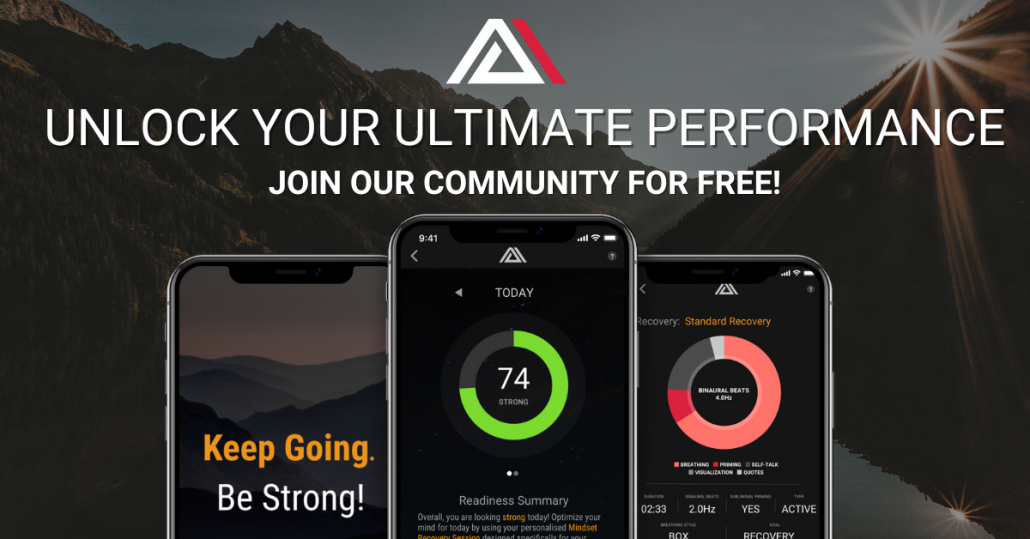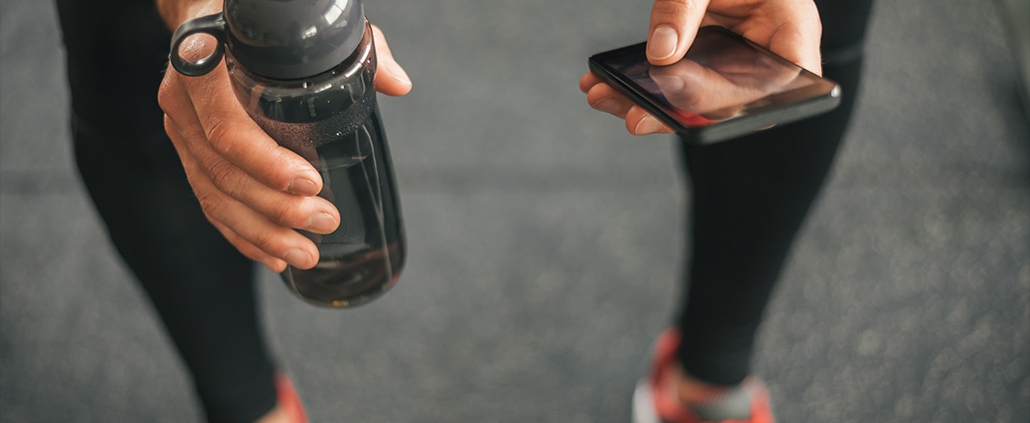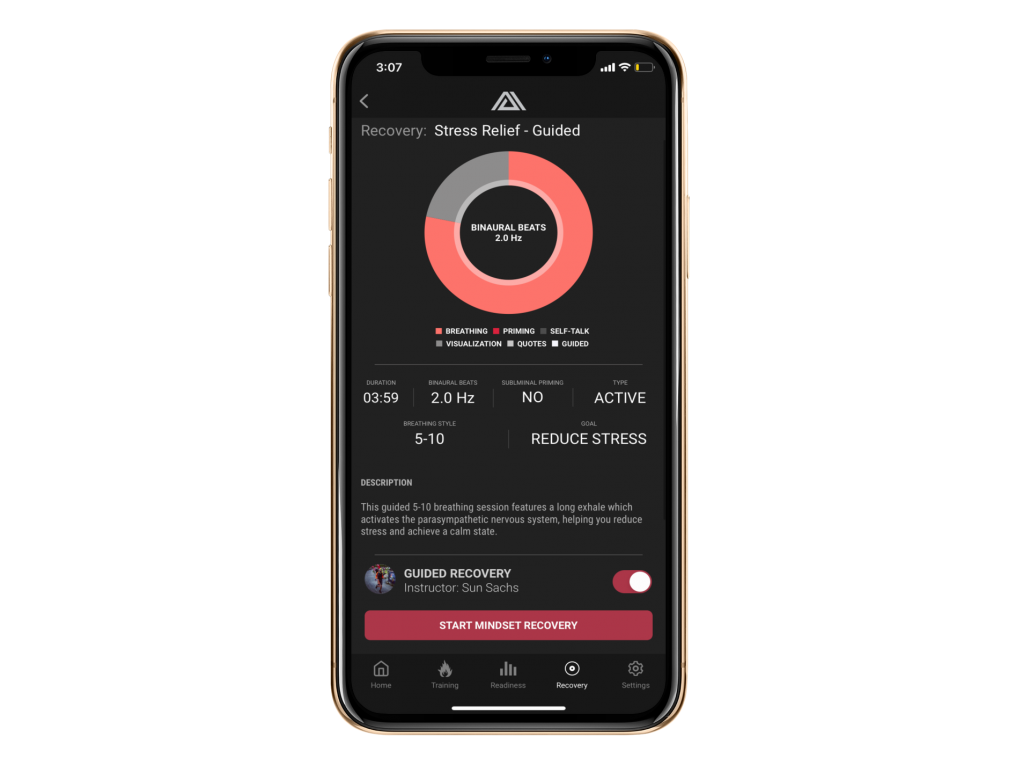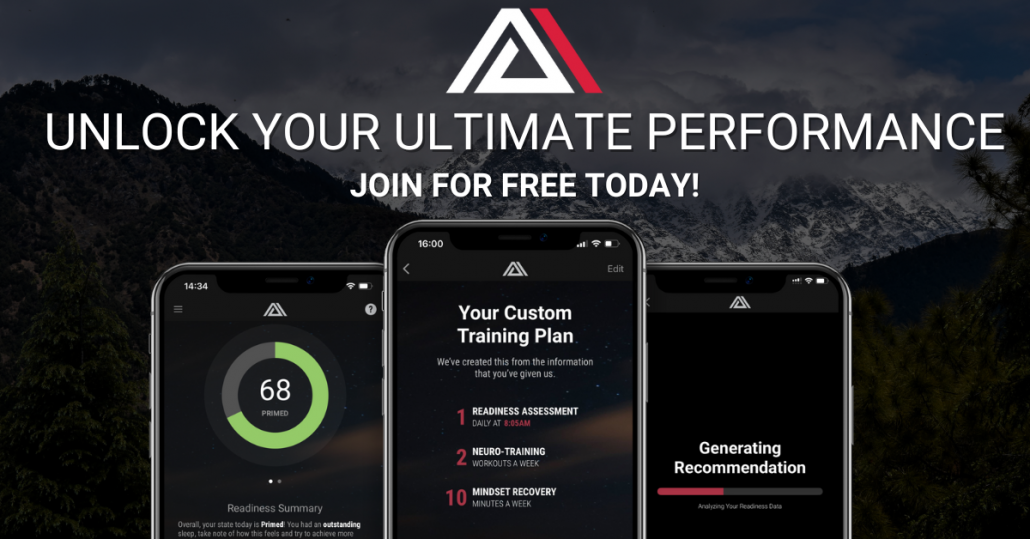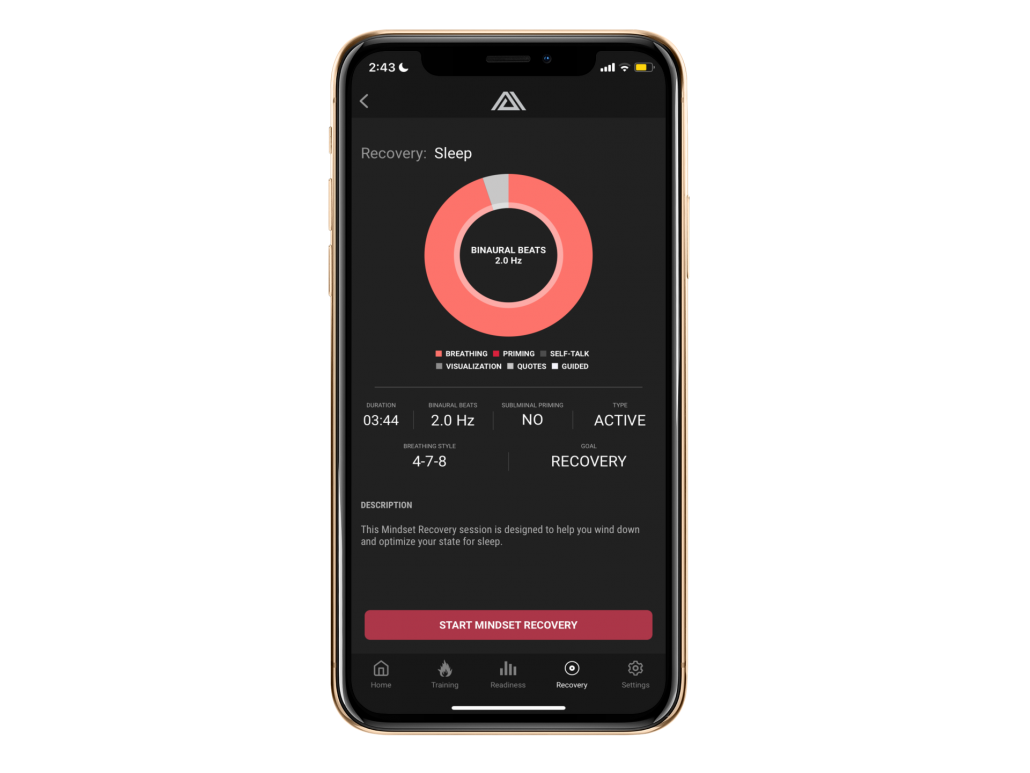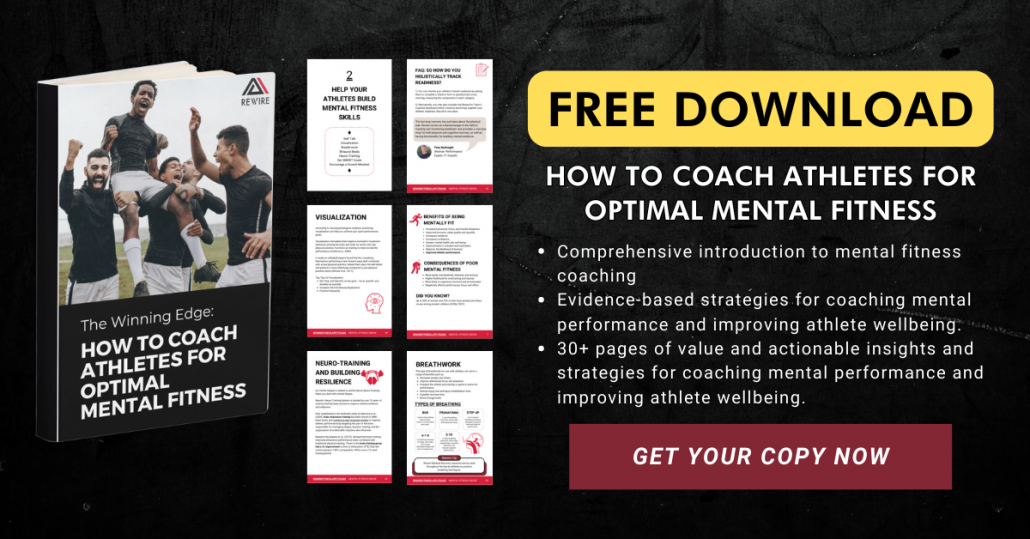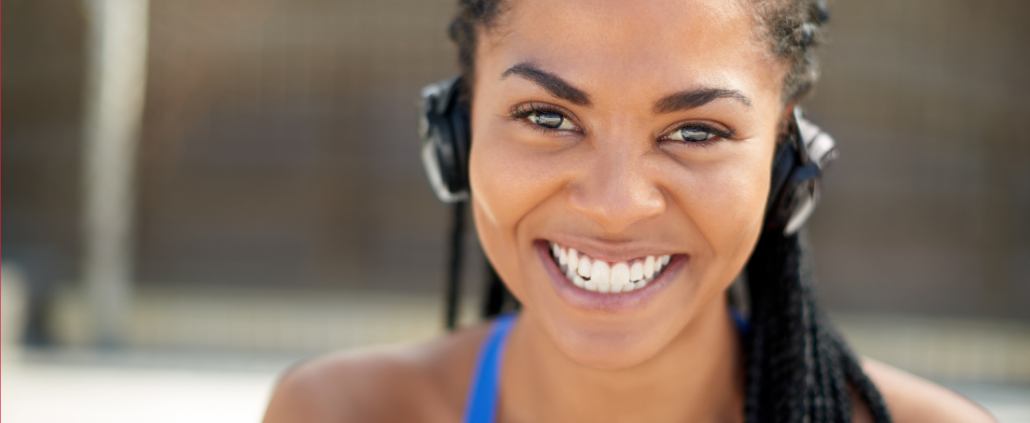New Mindset Recovery Collections for Passive, Guided, and Sleep Sessions
We’re pleased to announce the release of 3 new Mindset Recovery Collections
In collaboration with Rewire athletes and coaches we’ve created these new Elite member mindset recovery collections to provide more tools for managing stress and improving recovery and performance.
This is what the collections look like in the Rewire app:
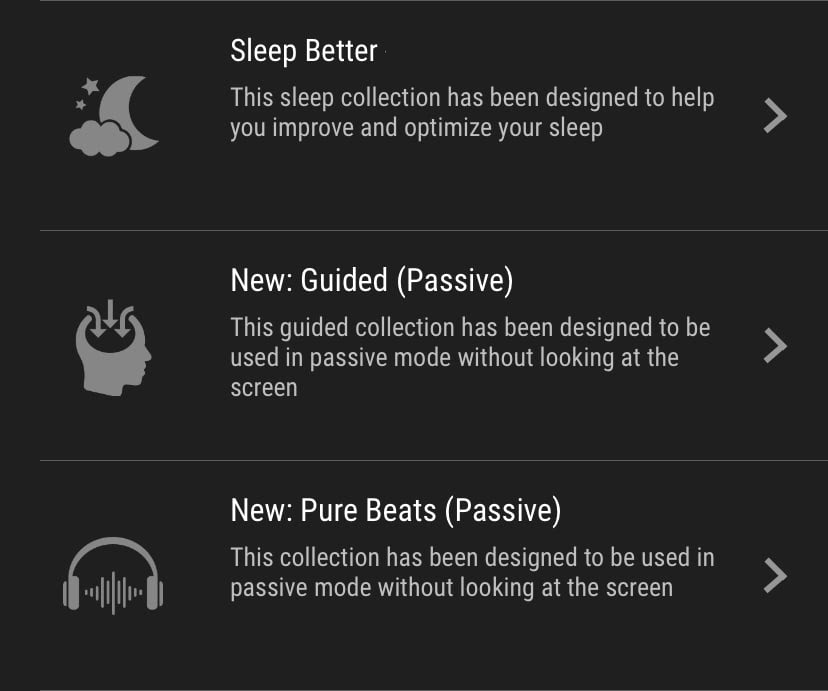
SLEEP BETTER

The “Sleep Better” collection has been designed to help you improve and optimize your sleep. The collection includes both active and passive sessions to be used prior to sleep, during sleep or to help overcome a poor night’s sleep.
Athlete’s sometimes suffer from a poor sleep due to a number of factors including being constantly challenged with managing a stressful lifestyle between training, work and their personal life. Then there are times when you simply can’t fall asleep or get up after restless night’s sleep and still have to perform, what then?
“I’ve experienced a severe lack of sleep first hand while attempting to summit a 16,000 FT peak in Washington state called Mt. Rainier. After three days of climbing I only had a sum total of 6.5hrs of sleep but then had to get up at midnight for our summit attempt. Since I wasn’t able to sleep what I did instead was play back-to-back 2 Hz Delta Wave Binaural Beat sessions to help support cognitive recovery and restfulness while I lay awake with my eyes closed waiting for the climb. It was a tremendous help that night. Read more about my story here.”
Sun Sachs, CEO & Co-Founder, Rewire Fitness
The Sleep Better sessions include:
- Wind Down Routine: This guided session takes you through some best practices for maintaining a good sleep hygiene along with guiding you through a 4-7-8 breathing session to help you wind down and prepare for a good night sleep. This session should be used approximately 15-20 minutes prior to sleeping.
- Sleep Primer: This active session is designed to optimize your mind and body for sleep using 2Hz binaural beats and 4-7-8 breathing.
- Sleep Aid: If you’re having a hard time falling asleep then this guided session is a great choice to help you relax your body and mind for a good night sleep. The session is designed to be used while in bed to help you fall alseep.
- Sleep Aid Extended: This session repeats the same exercises as Sleep Aid but with an extended Binaural Beats section to help you drift off to sleep.
- Sleep Pure Beats: This passive session is designed to be used with earbuds or headphones to help you fall asleep using 2Hz Binaural Beats.
- Use After a Bad Night’s Sleep: What do you do when you have a poor night’s sleep but still have to perform that day? Use this pure binaural beats session to help make the best of your day. The session can be used while laying down or as you go about your day to help recover your mind and body. (Note this is what I used during my climb).
GUIDED (PASSIVE)

This guided collection has been designed to be used in passive mode without looking at the screen. It contains guided sessions to improve performance, recovery and stress relief.
What if you are simply too tired, don’t have time or are unable to look at your phone’s screen in order to do a mindset recovery session?
“At a recent cycling stage race, I had to compete in 3 back-to-back races in a single day across several disciplines. In between races I only had approx 30 minutes to eat, rest, fix my bike, warm-up and get to the start line. I used these guided sessions to help me ramp down, slow my breathing and get into a restful, recovery state then to ramp back up recharging my mind and body for the next challenge. ”
Sun Sachs, CEO & Co-Founder, Rewire Fitness
The Guided Passive sessions include:
- Positive Thinking (1 Min): This short guided session can be used during training, competition and other times you need to boost your motivation and self-confidence when you have very limited time.
- Managing Frustration (1 Min): When frustration is getting the better of you or things are not going your way, this short guided session can help you get your frustration in check and hit the reset button for the next challenge.
- Increasing Motiviation (1 Min): Need a big boost of motivation to get you over a difficult challenging? This short guided session can be used to increase motivation and promote a confident, positive mindset.
- Stress & Anxiety Relief (2 Min): When stress or anxiety is feeling overwhelming but you just don’t have the time for a full length mindset session then this short guided session is a quick solution to help you with a calm mind.
- Physical Priming (2 Min): This short guided session can be used during training, competition and other times when you want to prime your body for performance. (this is what I used to ramp back up after resting between races)
- Prepare for Competition (4 Min): This comprehensive guided performance session will prepare your mind and body for peak performance. Follow the visualization cues and prompts with your eyes closed.
PURE BEATS (PASSIVE)

This collection has been designed to be used in passive mode without looking at the screen. It contains Binaural Beats at different frequencies for rest, recovery and focus. (Note that these sessions must be used with headphones to work properly).
As you go about your day what can you do to get into the zone, maximize recovery and promote productivity? These 19 individual sessions provide a range of solutions lasting from 2 min to 120 min and can be done while working, training or resting.
“Often throughout the day, when I want to focus on a project or improve passive recovery my go-to solutions are these pure beat sessions.”
Sun Sachs, CEO & Co-Founder, Rewire Fitness
Reference Guide for Pure Beats Passive Sessions*
- 2.0 Hz – Delta wave for deep sleep
- 4.0 Hz – Theta wave for meditation/sleep
- 13 Hz – Beta wave for focus and concentration
* If you want to nerd out on the science behind Binaural Beats read this full guide here.
The Pure Beats Passive sessions include:
- Rest sessions: These passive recovery sessions include 2.0 Hz Delta Wave Binaural Beats designed for deep relaxation and recovery. These recovery sessions can be repeated as often as needed whenever you are feeling drained or short on sleep. The session lengths range from 2 Minutes to 120 minutes.
- Balance sessions: These passive recovery sessions include 4.0 Hz Theta Wave Binaural Beats designed for achieving a calm meditative state. These recovery sessions can be repeated as often as needed whenever you need help getting into a calm mindset. The session lengths range from 2 Minutes to 120 minutes.
- Focus sessions: These passive focus sessions includes 13.0 Hz Beta Wave Binaural Beats designed for achieving a focused mental state. These sessions can be repeated as often as needed whenever you need help getting into a focused mindset for competition, training or work. The session lengths range from 2 Minutes to 120 minutes.
